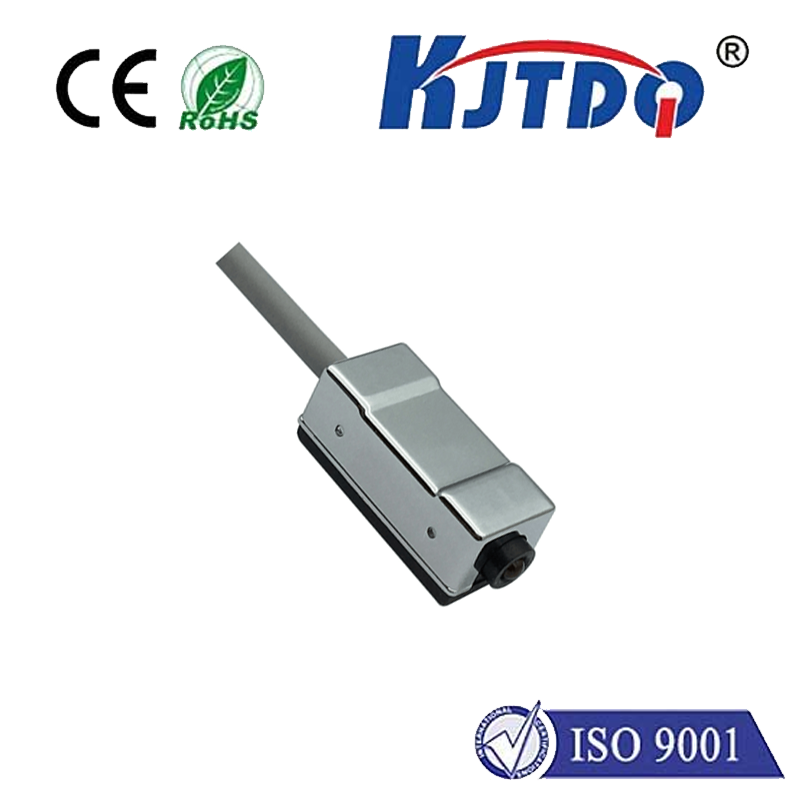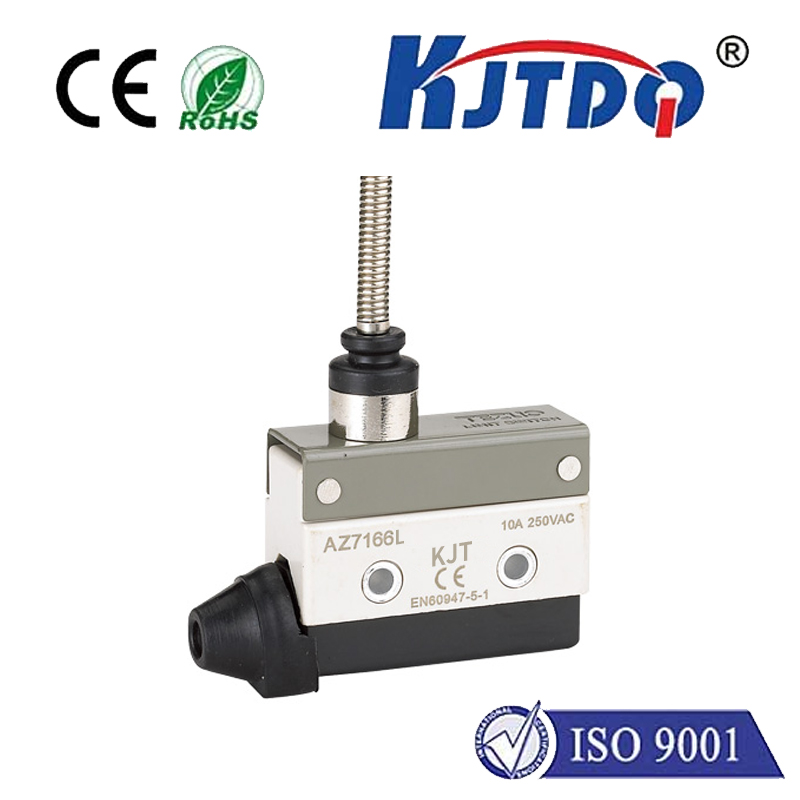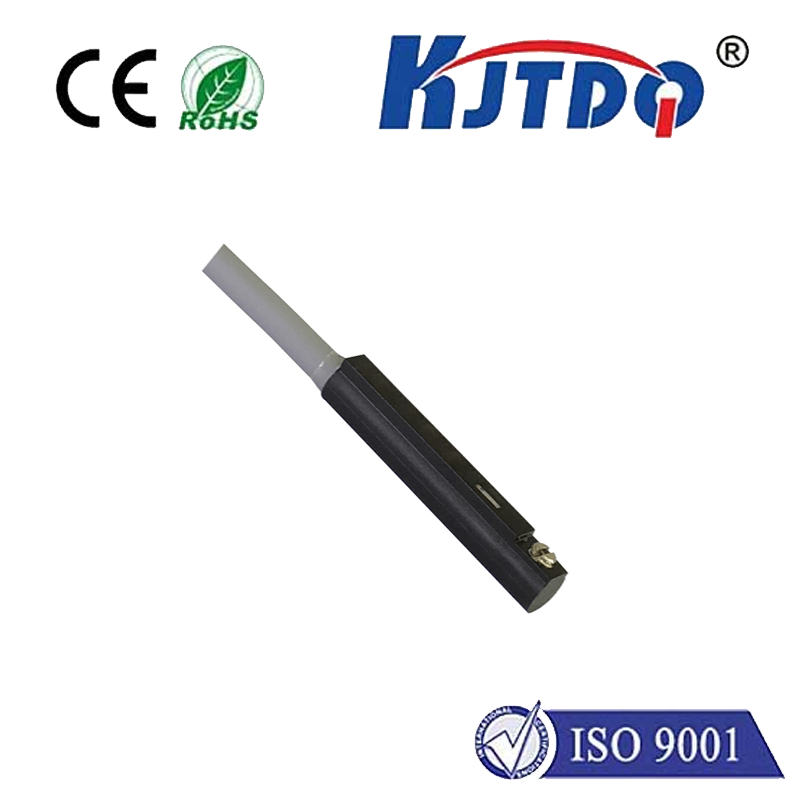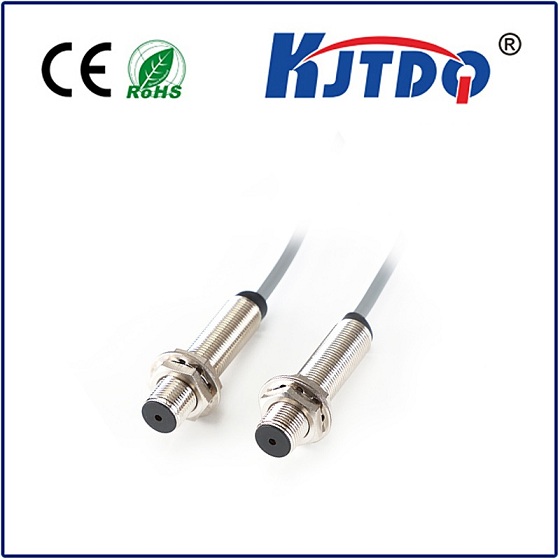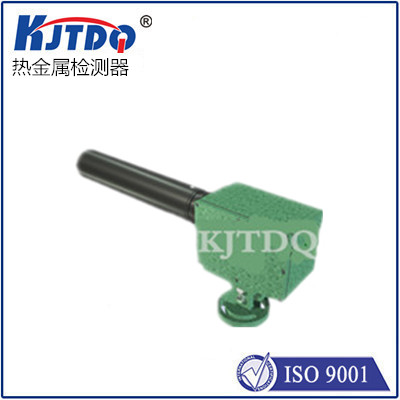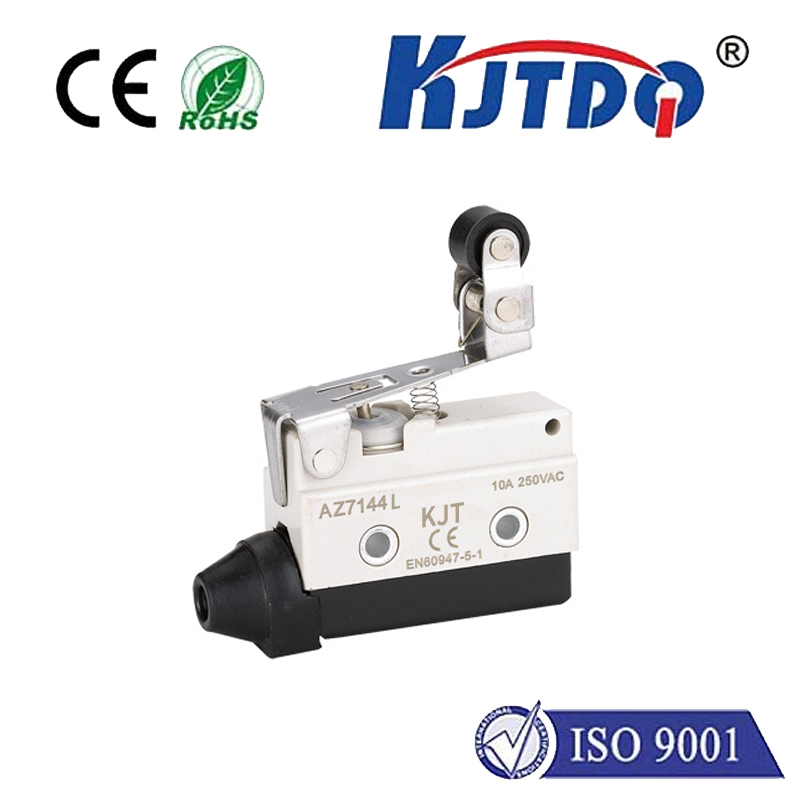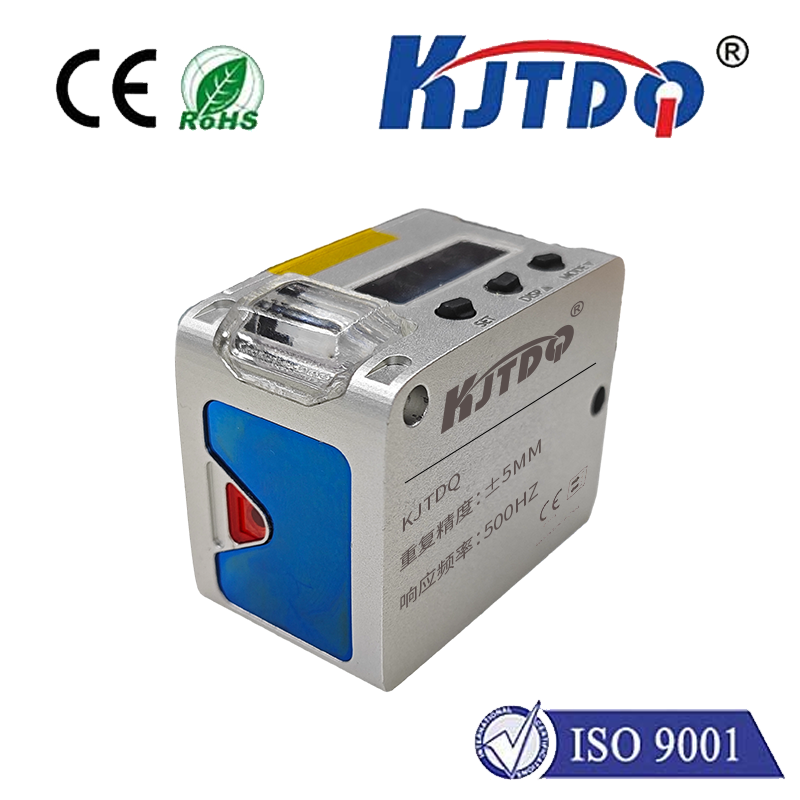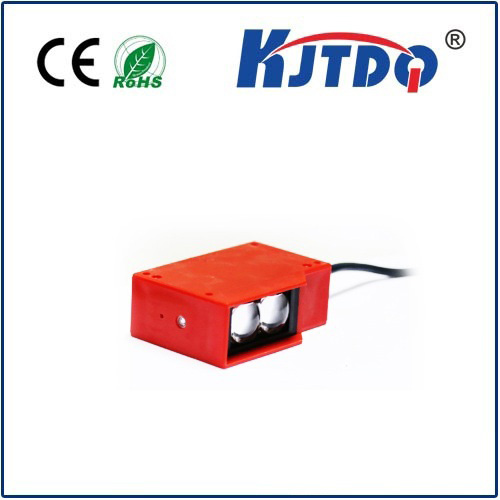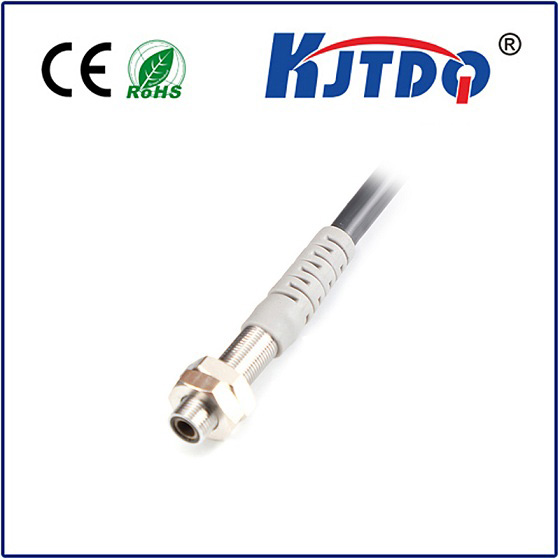

check

check

check

check

check

check

check

check

check

check
Photoelectric proximity switches are essential components in many industrial applications. These devices use light to detect objects or measure distances between them, providing accurate and reliable sensing capabilities. In this article, we will explore the basics of photoelectric proximity switches, their working principles, and their advantages over other types of sensors.
Working Principle of Photoelectric Proximity Switches
A photoelectric proximity switch consists of a light emitter and a light receiver. The emitter emits a beam of light, which is then received by the receiver. When an object comes into the path of the light beam, it interrupts the signal, causing a change in the output voltage of the receiver. This change in voltage is detected by the control system, which can then take appropriate action.

Advantages of Photoelectric Proximity Switches
One of the main advantages of photoelectric proximity switches is their non-contact nature. Unlike mechanical switches that require physical contact to operate, photoelectric switches do not wear out due to repeated use. They also have a faster response time than mechanical switches, making them ideal for high-speed applications. Additionally, photoelectric switches are immune to environmental factors such as dust, dirt, and moisture, making them suitable for harsh environments.
Applications of Photoelectric Proximity Switches
Photoelectric proximity switches are widely used in various industries, including manufacturing, automotive, packaging, and logistics. They are commonly used for object detection, counting, positioning, and level measurement. For example, they can be used to detect the presence of products on a conveyor belt, count items passing through a chute, or measure the height of materials in a storage silo.
Conclusion
In conclusion, photoelectric proximity switches are versatile and reliable sensing devices that offer several advantages over traditional mechanical switches. Their non-contact nature, fast response time, and immunity to environmental factors make them ideal for various industrial applications. By understanding how these devices work and their benefits, you can make informed decisions about incorporating them into your automation systems.
